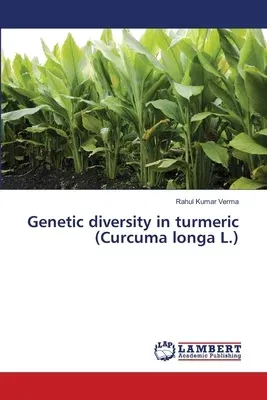Rahul Kumar Verma
(Author)Genetic diversity in turmeric (Curcuma longa L.)Paperback, 20 October 2013

Qty
1
Turbo
Ships in 2 - 3 days
In Stock
Free Delivery
Cash on Delivery
15 Days
Free Returns
Secure Checkout
Print Length
132 pages
Language
English
Publisher
LAP Lambert Academic Publishing
Date Published
20 Oct 2013
ISBN-10
3659477516
ISBN-13
9783659477515
Description
Product Details
Author:
Book Format:
Paperback
Country of Origin:
US
Date Published:
20 October 2013
Dimensions:
22.86 x
15.24 x
0.79 cm
ISBN-10:
3659477516
ISBN-13:
9783659477515
Language:
English
Pages:
132
Publisher:
Weight:
204.12 gm

